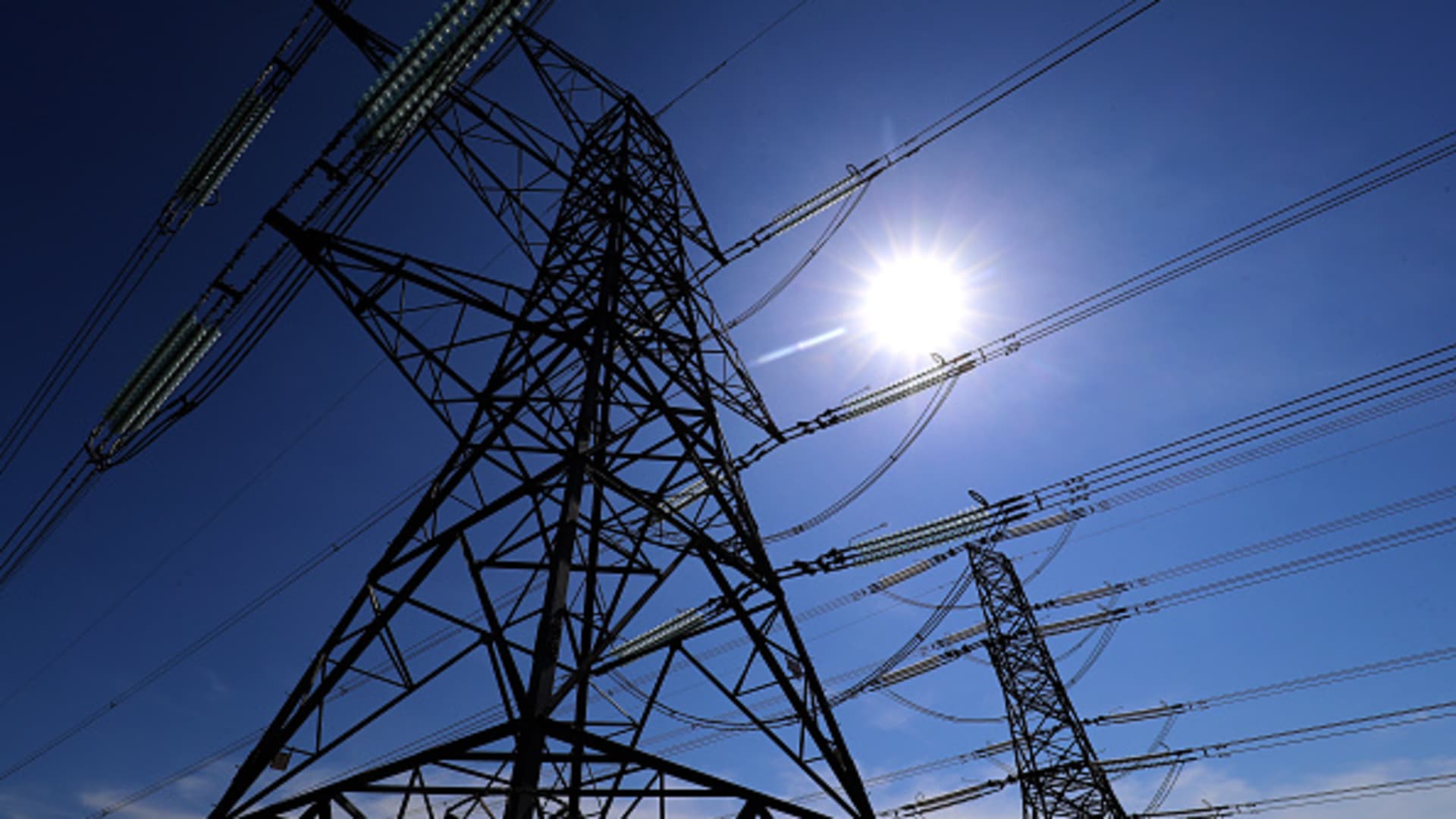Energy
Tuesday, August 23rd, 2022 3:48 pm EDT

By Juan Diego Celemín Mojica
“Passionate for all things Latin American, I’ve been closely following the energy and mobility transitions since they started to be present south of the Equator.”
If you missed part 1 of this series, see: South American Plugin Vehicle Markets, A Brief Overview — Part 1: Argentina, Peru, & Ecuador.
Chile
Chile has quite a significant vehicle market for a country its size, larger than both Colombia’s and Argentina’s despite having little more than a third of the population of either.
Chile offers some benefits to EV buyers, including preferential depreciation rates for companies and cheaper transit permits. However, there’s no information available on additional discounts, tariff exemptions, or preferential tax rates, even though the country has a commitment to achieve 100% EV sales in the light vehicle market by 2035. If any Chilean reader may wish to provide additional information, it will be well received.
EV numbers in Chile
During the first 6 months of 2022, Chile has sold a total of 827 plug-in vehicles, 247 of which are PHEVs and 553 BEVs. Though still a small amount (just below 0.4% of total sales, which stood at 222,453 vehicles in the first half of the year), the country nevertheless has seen rapid growth and is aiming to cross the 0.5% mark for pure BEVs before the end of the year. It’s good to mention that, save for the purchase of 650 electric buses, the plugin market was almost nonexistent in Chile before 2021.
Interestingly, unlike other countries in the region, Chile currently lacks a large presence from Chinese automakers (aside from the electric buses previously mentioned). From the top 10 brands in 2022’s first semester, only one is Chinese:
| # | BRAND | SALES |
| 1 | VOLVO | 145 |
| 2 | DS | 140 |
| 3 | BMW | 111 |
| 4 | MAXUS | 87 |
| 5 | PEUGEOT | 57 |
| 6 | NISSAN | 43 |
| 7 | MINI | 28 |
| 8 | AUDI | 27 |
| 9 | HYUNDAI | 20 |
| 10 | PORSCHE | 14 |
Three European companies complete the podium positions, with a Chinese one (Maxus), a Japanese one (Nissan), and a Korean one (Hyundai) being the only non-European participants of the top 10.
Sadly, I was unable to locate information regarding the sales numbers for specific models. Some of them can be inferred (like all Nissans being LEAFs, all Porsches being Taycans, or all Hyundais being Ioniqs), and it’s worth noting that Maxus is a utility brand, which offers mainly utility vehicles, including pickup trucks, light trucks, vans, and one SUV.
Charging infrastructure in Chile
Despite a relatively low sales number, Chile is already preparing for the future, and a significant number of charging stations — both fast and slow — have been deployed, numbering as many as 247 in April 2022. The country’s geography, in a long north–south axis, facilitates the creation of electrified corridors. Enel — an Italian electricity and gas company which operates in many Latin American countries, including Chile — has vowed to build the most ambitious charging infrastructure project of the continent here: 1,200 stations connecting the country by 2024.
Final comments
There are a few things worth mentioning about Chile. The country was the pioneer on electric bus purchases, with the first 100 arriving in December 2018, another 183 in 2019, and as many as 3,500 projected for the following years. At some point this made it the country with the largest electric bus fleet outside of China! However, Colombia has now taken this position. So far, another 1,022 buses have been purchased from Chinese automaker Foton and will arrive to the country in the coming months.
It’s also worth mentioning a Chilean startup called Reborn Electric Motors is aiming to produce electric buses locally. They have already built the first ones and have a planned capacity of 200 buses a year — though, likely batteries and motors (at least) will come from abroad. Time will tell whether Chile — being located next to the so called “Lithium Triangle” — will be able to eventually develop local production of battery cells and packs.
Brazil
A giant in all aspects, Brazil accounts for well over half the entire South American vehicle market, so it was bound to appear in this ranking. Due to its massive size, the Brazilian market accounts for the largest number of BEVs sold in any country in the region. Though, proportionally, it’s still a small market. Brazil is also the largest car manufacturer in South America, and at some point, Tesla seemed to want a gigafactory there, but nowadays only one local producer specializes in electric vehicles: Hitech Electric.
EV numbers in Brazil
So far in 2022, the Brazilian market has seen 917,942 vehicle sales, of which 3,843 were BEVs (0.4%) and 19,764 were … hybrids, including both HEVs and PHEVs. This is one of the main issues with Brazilian data: up until 2021, it basically classified all electrified cars as “electric.” This year, it has two categories: “electric” and “hybrid” … and good luck figuring out how many cars are PHEVs and how many are HEVs. Because of this, I was unable to make a graph showing EV adoption monthly, as I’ve done with other countries, and I will ditch PHEVs and only talk about BEVs in this section.
In any case, BEV sales numbers were negligible until 2019 or so (one could argue their market share still is), but since then they have been growing at very high rates, with the first six months of 2022 already surpassing the total sales of 2021.
Likewise, Brazilian data apparently prioritizes model sales over brand sales, so here are the top 20 BEVs sold in Brazil:
| # | BRAND | MODEL | SALES |
| 1 | VOLVO | XC40 | 629 |
| 2 | RENAULT | Kangoo | 393 |
| 3 | VOLVO | C40 | 370 |
| 4 | JAC | E-JS1 | 317 |
| 5 | MINI | Cooper | 217 |
| 6 | NISSAN | LEAF | 208 |
| 7 | RENAULT | Zoe | 191 |
| 8 | FIAT | 500e | 164 |
| 9 | CITROËN | Jumpy | 148 |
| 10 | PORSCHE | Taycan | 147 |
| 11 | JAC | E-JS4 | 114 |
| 12 | AUDI | e-tron | 105 |
| 13 | PEUGEOT | E-Expert | 78 |
| 14 | BMW | i3 | 52 |
| 15 | BYD | TAN | 46 |
| 16 | BMW | iX | 36 |
| 17 | BYD | ET3 | 23 |
| 18 | TESLA | Model S | 18 |
| 18 | TESLA | Model Y | 18 |
| 19 | JAC | E-J7 | 17 |
| 20 | JAC | IEV 20 | 14 |
Sadly, no equivalent information could be found regarding PHEVs (which probably surpass BEV sales by quite some margin), so a more comprehensive top 10 could not be built.
Regardless, the top 20 BEVs present a very interesting picture, with only two Chinese automakers (JAC and BYD) present at all, three European models (two from Volvo) on the podium, and European companies all over the place. Only one non-European model makes it into the top 5, only two in the top 10.
It’s important to mention that the JAC E-JS1 is the same JAC E10X being sold in Colombia and Mexico. However, due to high tariffs and low to zero exemptions for BEVs, this car costs far more in Brazil than in either of these countries, at $159,900 BRL or $31,370 USD at current exchange rates.
Honorary mention to the Renault Kwid E-Tech, a powered-up version of the Dacia Spring which will arrive in Brazil in the coming months. According to the information available, over 700 cars are currently in route to the country, and all of them have already been sold.
Regarding charging infrastructure, there is no centralized information, but a quick search in Electromaps for charging stations over 50kW offers a grim view, with most of the country having only the occasional charger, aside from a very developed corridor from Florianopolis to Ciudad del Este and extending into Paraguay’s Asunción.
Final comments
Brazil must up its game. Despite leading the region in absolute sales, numbers are still well below what they could be, and infrastructure is lacking. Current BEV rates have been growing very fast, but due to the high tariffs in the country, it’s hard to think EVs can make a significant dent in the local market until a local automaker starts producing them.
Appreciate CleanTechnica’s originality and cleantech news coverage? Consider becoming a CleanTechnica Member, Supporter, Technician, or Ambassador — or a patron on Patreon.
Don’t want to miss a cleantech story? Sign up for daily news updates from CleanTechnica on email. Or follow us on Google News!
Have a tip for CleanTechnica, want to advertise, or want to suggest a guest for our CleanTech Talk podcast? Contact us here.
Advertisement
This post has been syndicated from a third-party source. View the original article here.




